
final year design project
2020 - 2021
The Crater system takes a forward-thinking approach to kitchen equipment design, as a modular system that looks to retain a sense of craft through cooking experiences. Integrated within the worktop, each module placed above it enables exploration into a different area of cooking.
Ideation initially looked at a product which would alleviate pain points associated with the process of making bread at home. Further development and consumer insight showed opportunity for a broader solution - a modular integrated system, creating something that is far more versatile, and with potentially a far greater positive impact.
The objective with the visual language of the product was to convey a sense of craft, yet feel refined through the balance of softness and crisp detailing. The use of concrete emerged due to its tactility, robustness and contemporary feel.



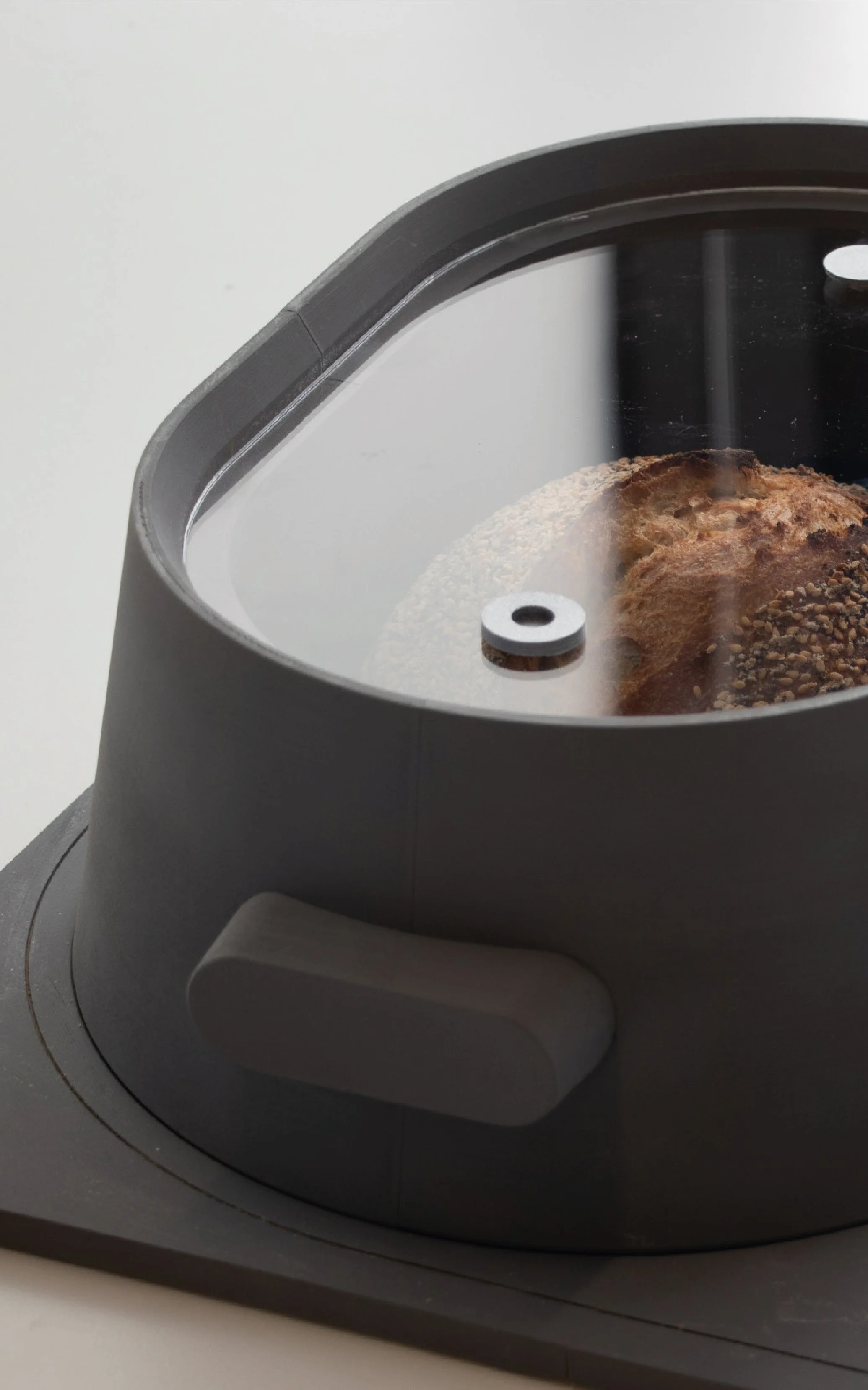

Crater is a versatile cooking surface that responds to the modules placed above. It uses a dual induction system to efficiently create heat where needed.

The main parts, made from Glass Fibre Reinforced Concrete (GFRC), would be strong, durable and have high temperature resistance due to the composite mix which would include glass fibres, silica sand, and a plasticiser. This mix can be adjusted according to the specific needs of each part.
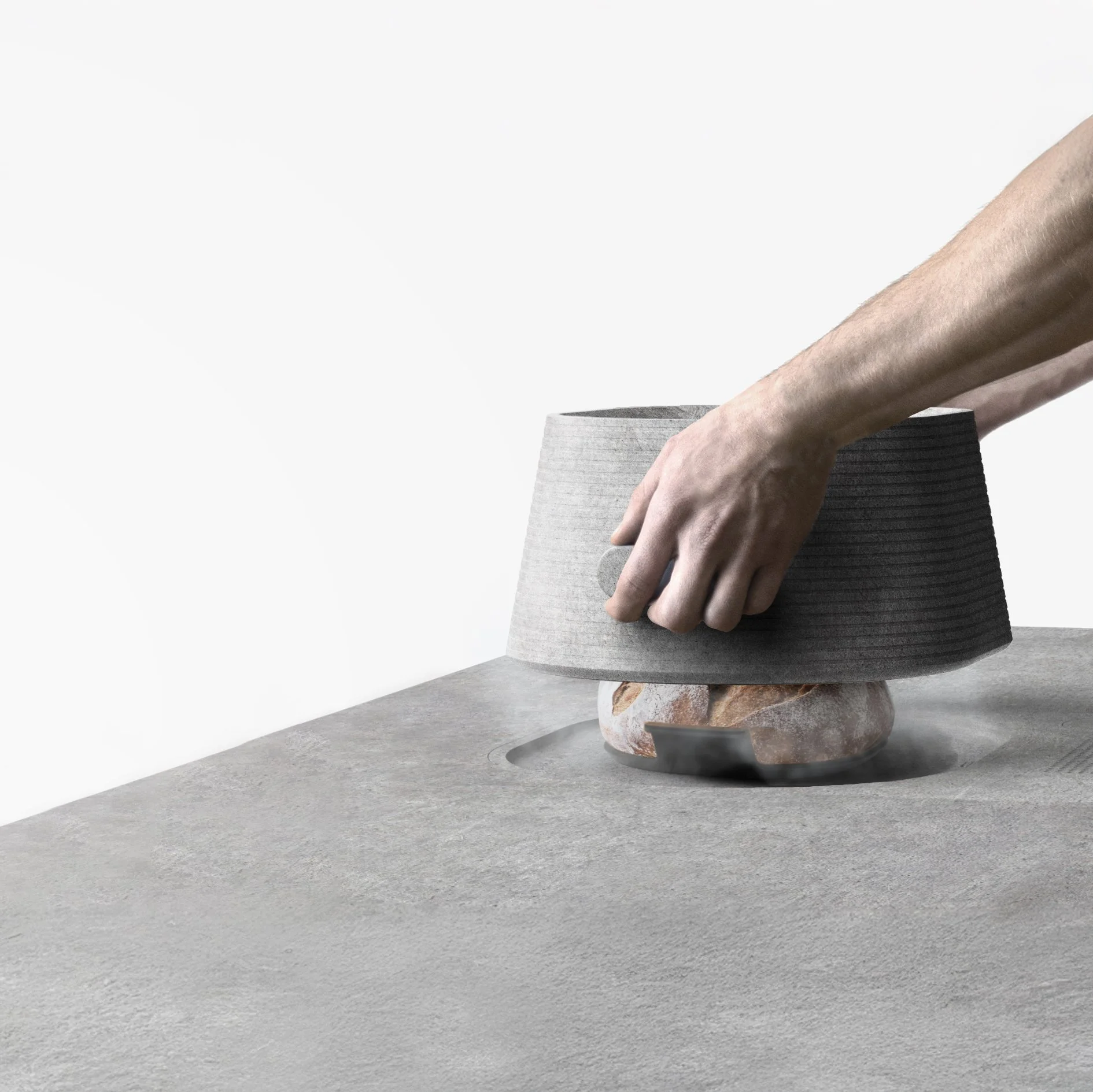

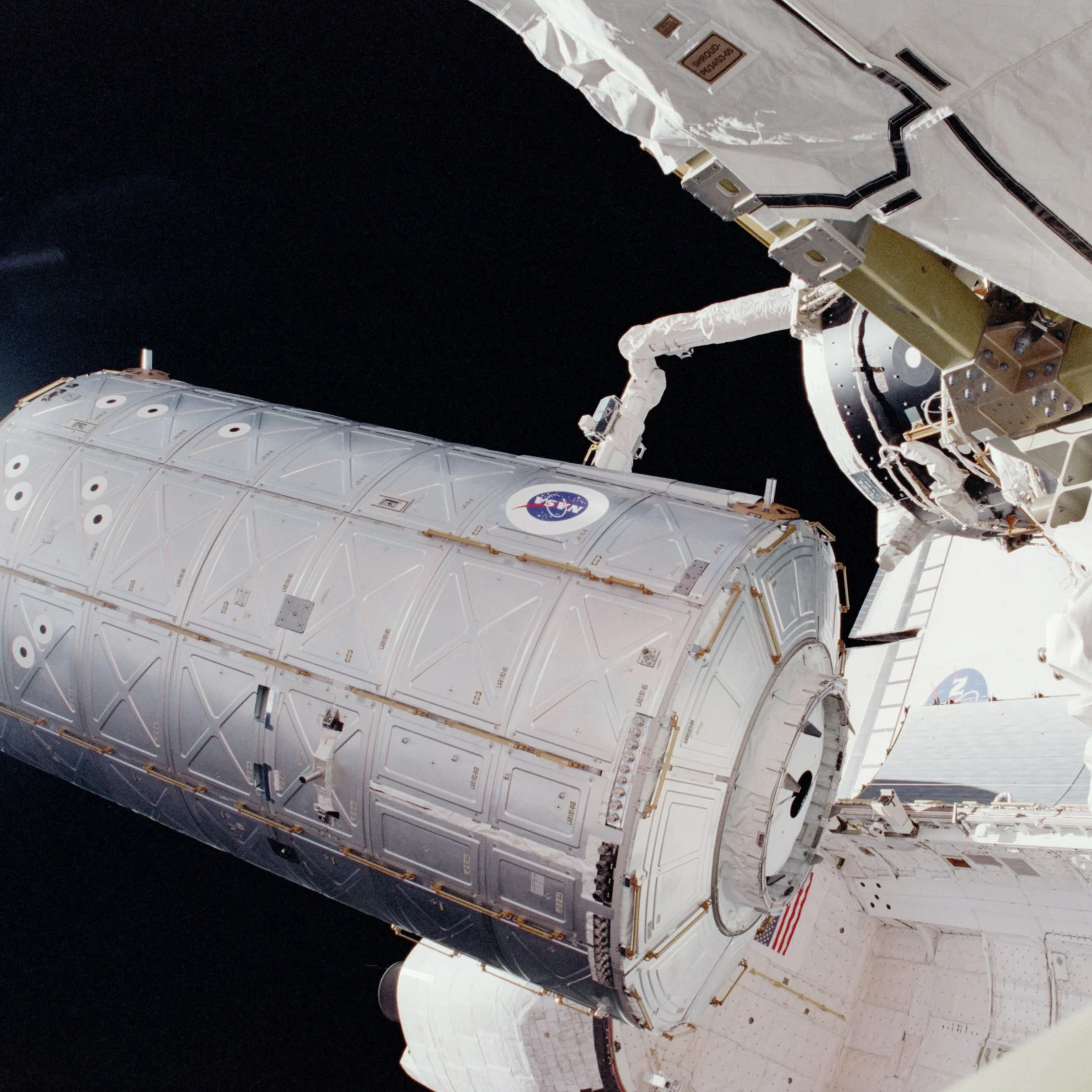
The Rise Module allows the user to immerse themselves in the experience of bread making. With steam injection, a heated proofing surface, and the unique interaction of removing the lid, the process is more seamless and intuitive. It redefines the artisanal experience.
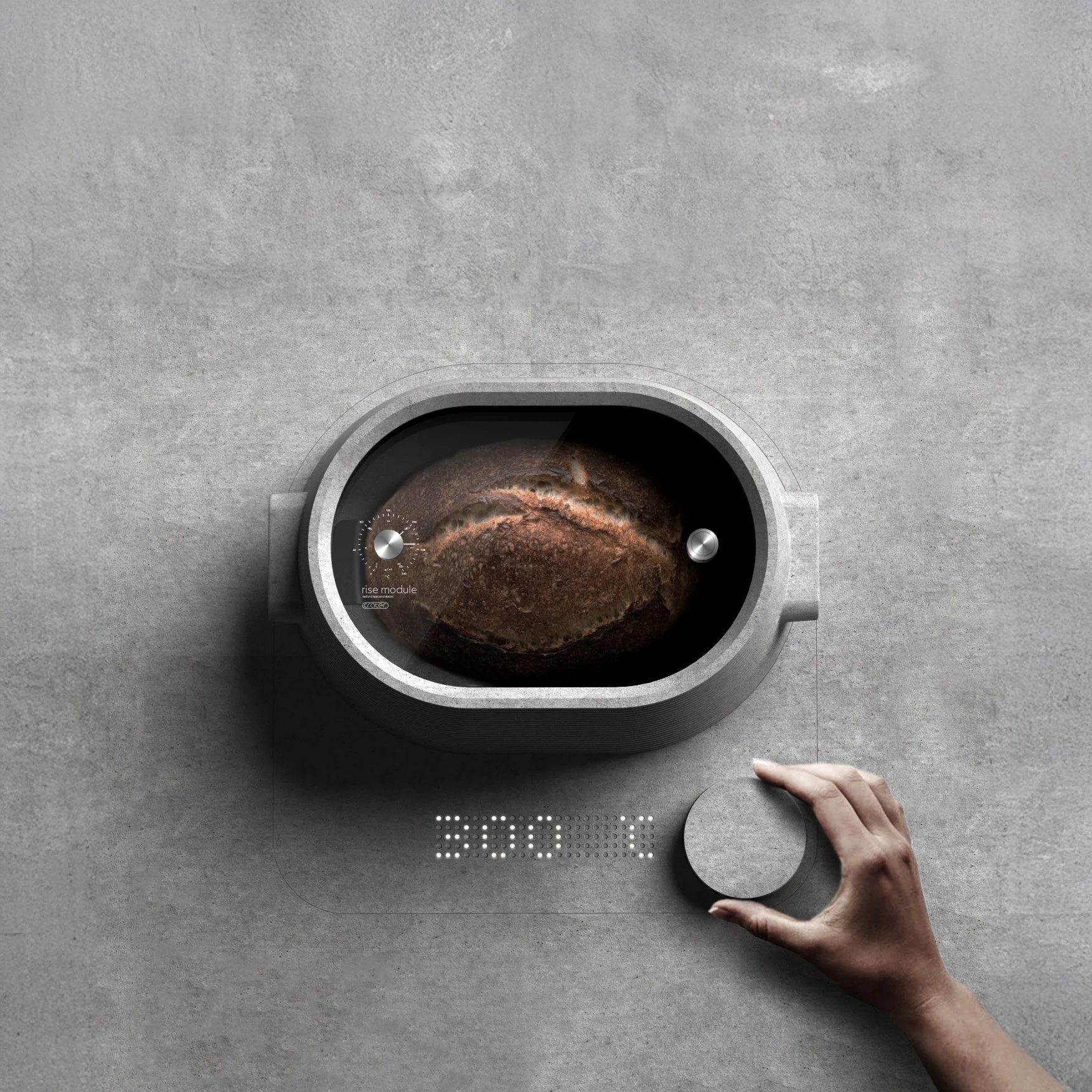
Crater has a simple LED array, transmitted to the surface through fibre optics. It communicates only what it needs to, adapting to the module placed above, and providing feedback with haptics. Simple control and simple feedback to minimise distraction from the process. The push-push dial disappears into the surface when it is not needed.


Crater uses a dual system of induction coils to efficiently create heat where needed. Thermocouples within the base and modules communicate to precisely regulate the temperature.
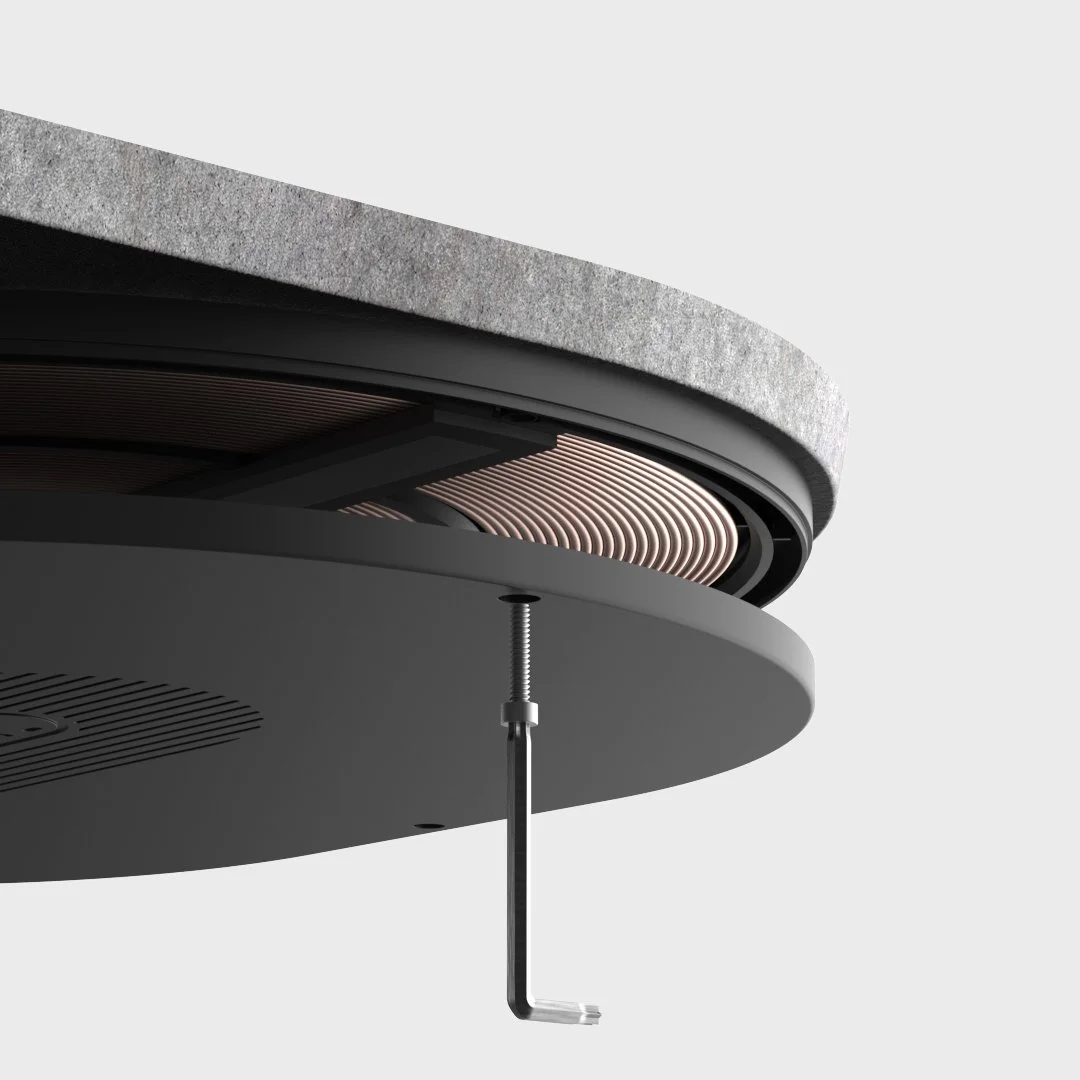

The crater base has been designed as a reversed top down assembly, that can be simple slotted into the work surface and popped out for any maintenance needed.

The rubber gasket allows the module to be disassembled without the need for any tools. Due to a stacked part configuration within the rise module, when the gasket is pulled free, the whole stack of parts inside can be removed for cleaning, or repair or replacement. The aim of this is also to encourage the user to build a stronger understanding of the product. The gasket also acts as a seal when the module is located on the crater.


All crater modules are designed without permanent fixings, screws or bolts. The main casing parts are made from 100% post consumer ABS, to achieve good heat resistance for an injection moulded part, whilst minimising environmental impact for a part that is rarely seen.
If a component within the crater fails, or the crater itself becomes damaged, the user can easily separate the lower assemblies from the concrete for it to be sent off for repair.





